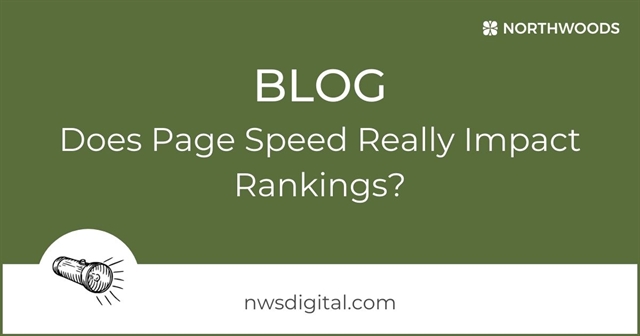By Northwoods Team
May 13, 2021
3 Minute Read
How do you know when to use a redirect and when to use a canonical tag? What are the differences between them and how does Google react to each?
Here, we define these two commonly used technical SEO tactics and help you know when it’s best to use each one.
What Is a 301 Redirect?
A redirect is a status code that is used to communicate to servers, browsers, and users that the URL they are trying to access no longer exists and has been moved to a different URL. The 301 Redirect indicates to servers and search engines that this URL has been permanently moved. There are also 302 redirects that serve as a temporary move signal to servers and search engines.
Users typically do not notice a 301 redirect, because the final URL loads in their browsers. But if they look in the URL bar at the top of the browser, they will see the URL they are trying to access change before the page is rendered.
When Should I Use a 301 Redirect?
301 Redirects are used when a page or domain has moved permanently. Typical reasons to use a 301 redirect include:
- A website domain change due to rebranding or renaming of your business
- A website domain remains the same, but a redesign results in all URLs on the website changing
- A page is deleted from your website (because of old content)
In each of these cases, a 301 redirect will help users and search engines understand that the page no longer exists. But it also shows them where the new page lives. If a 301 redirect is not put into place in these cases, the user and the search engine will land on a 404 page, resulting in frustration for users and deletion of the old, indexed page from Google search results.
What Is a Canonical Tag?
A canonical tag isn’t a redirect. It won’t send users to a different page on your website, or a different domain. A canonical tag is a line of code that’s added to your webpage to indicate to search engines which page should be indexed in that search engine. A canonical tag is a tool used by technical SEOs to help search engines understand the difference between website content that would otherwise be considered duplicate content.
When Should I Use a Canonical Tag?
Canonical tags should be used when you have pages with duplicate content on your website, but both pages need to be accessible to users (and therefore search engines). Examples of duplicate pages include:
- Landing pages that are similar in content to other URLs on your site, but are designed in a unique way for a very specific campaign
- Dynamic content that is generated into multiple URLs depending on the path the user takes on your website
- International content, or pages that target different geographic regions but include the same content, in the same language
- Whenever a 301 redirect cannot be implemented
Getting Started
The best way to know what you need to implement is to understand how Google is interpreting the pages on your website. Look at the crawl reports in Google Search Console to find out what redirects you already have in place, what 404 errors Google is seeing, what duplicate content exists on your website, and what canonical tags you may already have, as well.
Once you know how Google is finding and interpreting your URLs, you can plan for implementation of 301 redirects and/or canonical tags to help improve your position in Google search results.
If you’re not sure how to get started, contact us! Our expert digital marketing team will point you in the right direction.
Related Blog Posts

Websites differ in appearance, structure and business aims. Still, every site must leverage both on-page and off-page SEO to succeed. Read on to learn the differences between the two, the value each provides, and how they work together to improve your site’s overall SEO performance.

A technical SEO audit of your website can shed light on how search engines view your site and interact with your content while boosting your overall SEO strategy.

When it comes to websites, users want both content and functionality - and they want them fast. Google understands this need for speed, considering it one of three elements that make up its Core Web Vitals. But just how much of a role does site speed really play in your rankings?